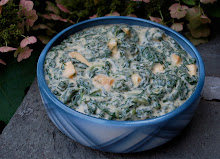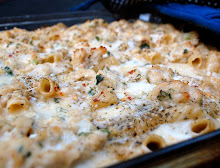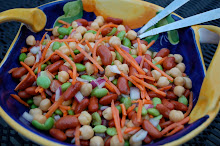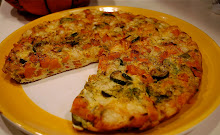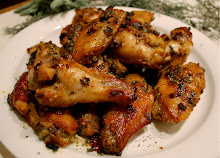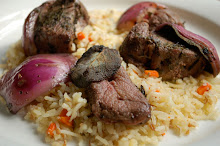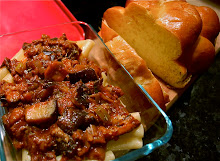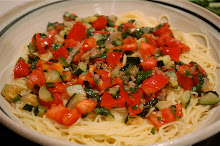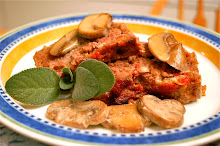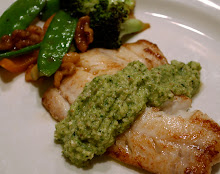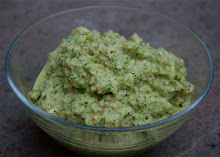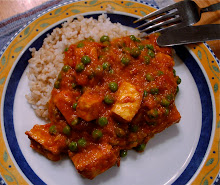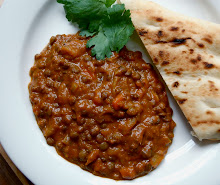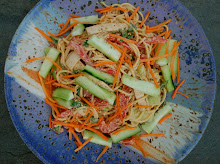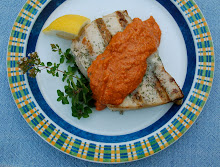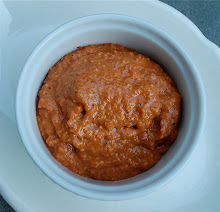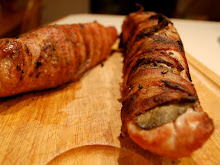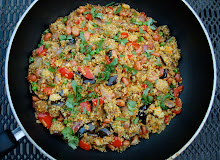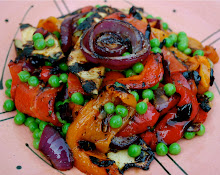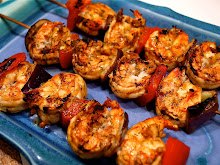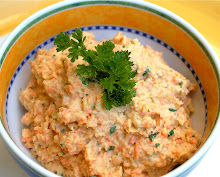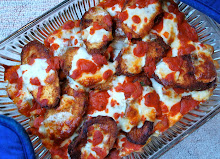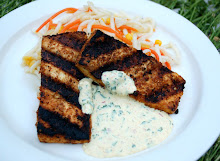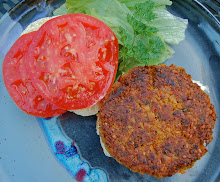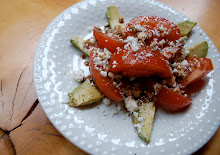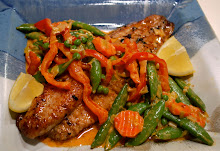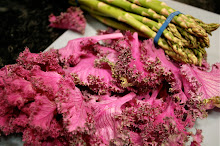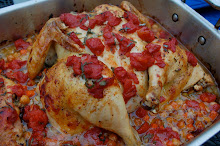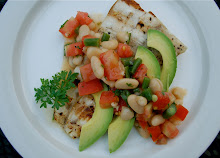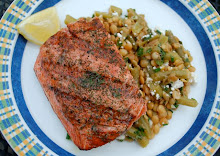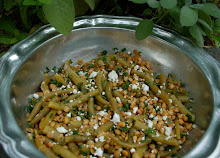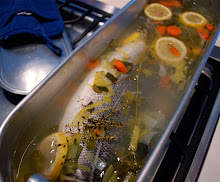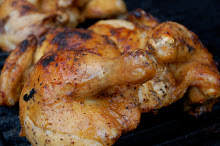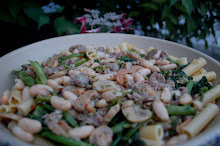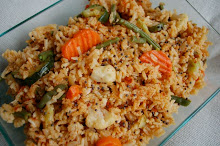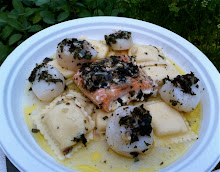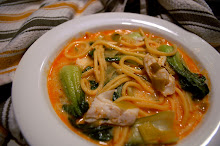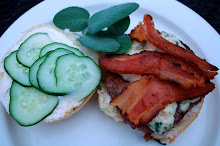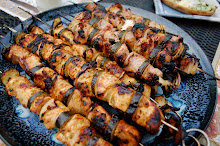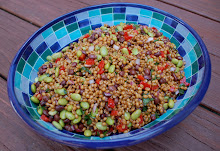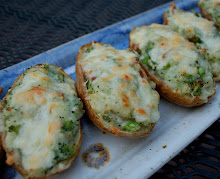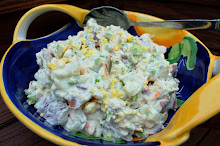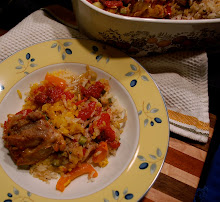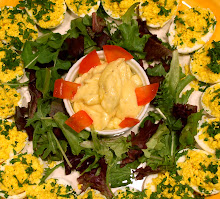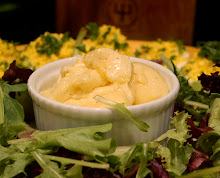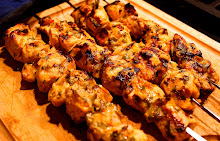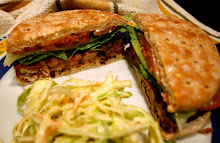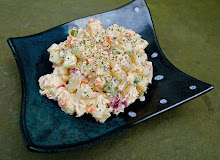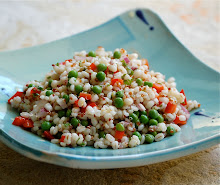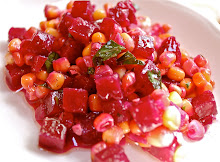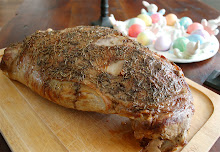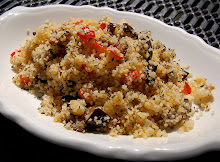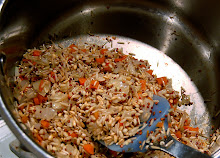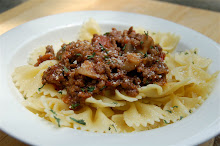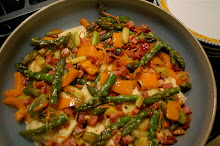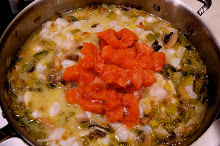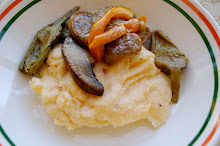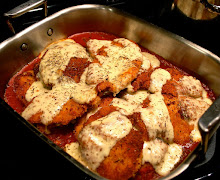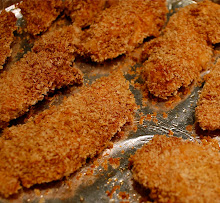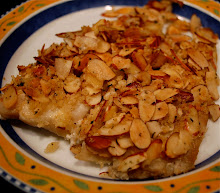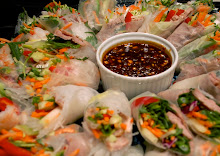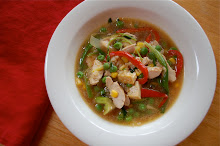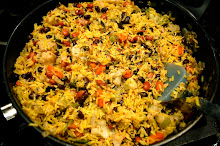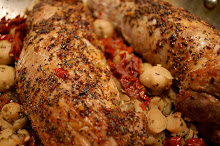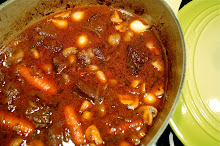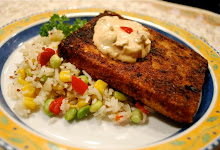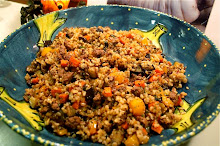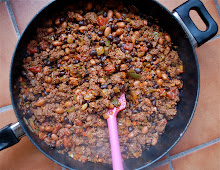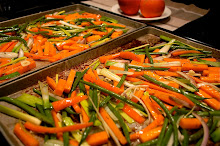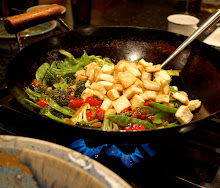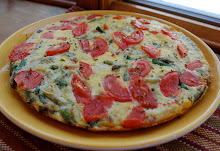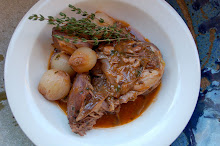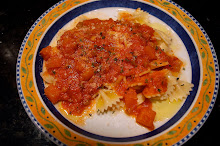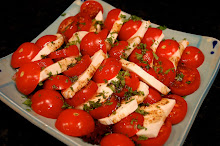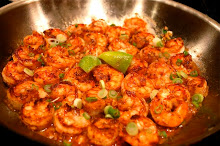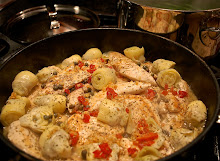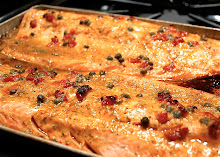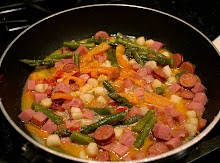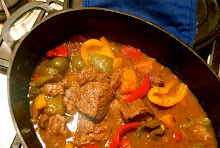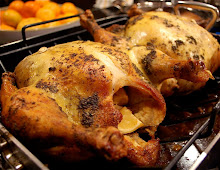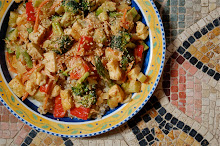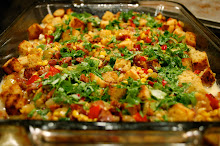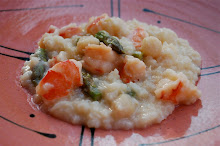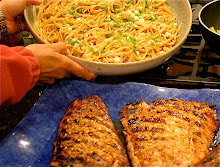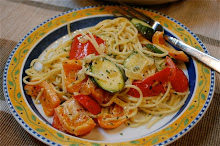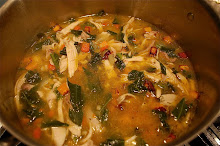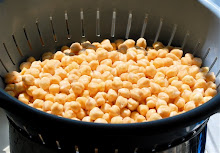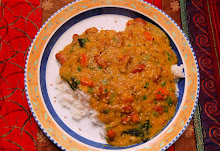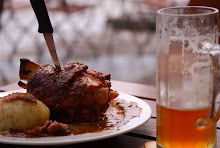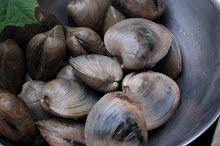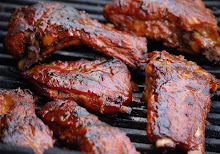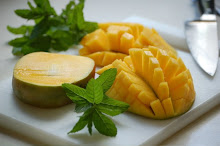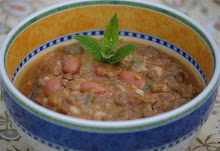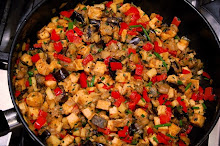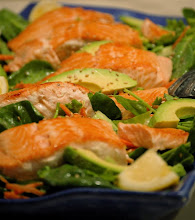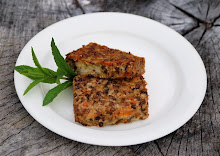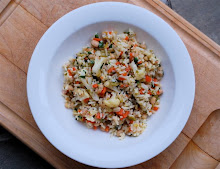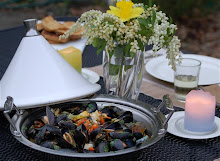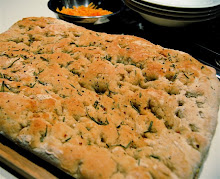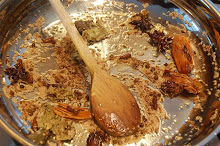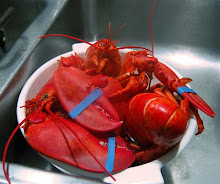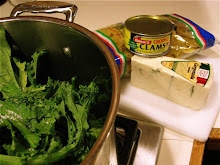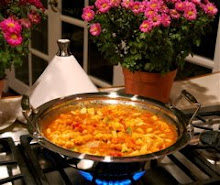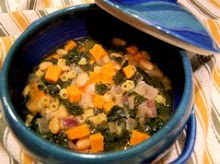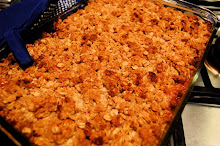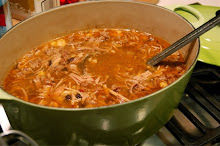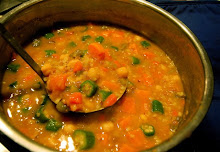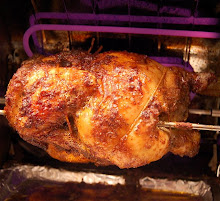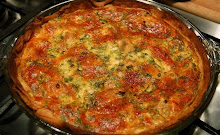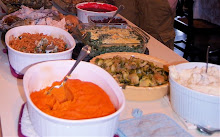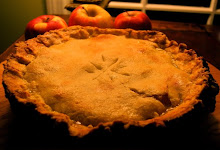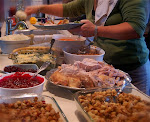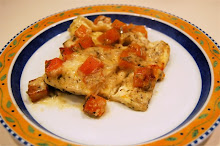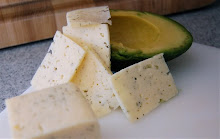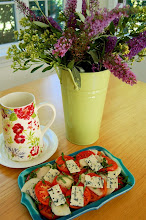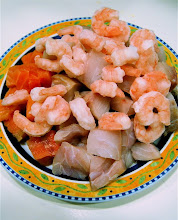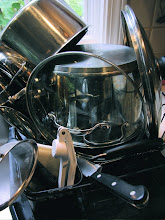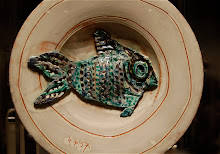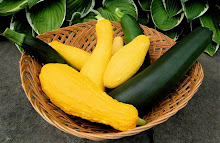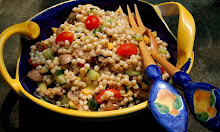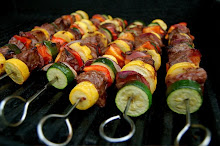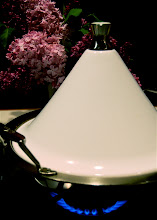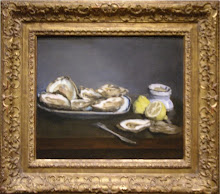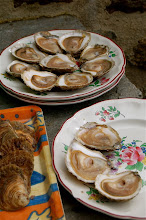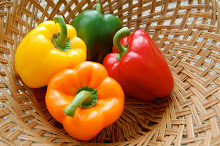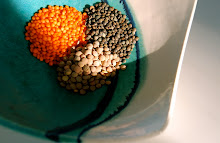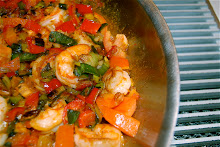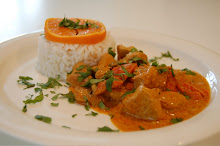In at least 20 languages (except English!), the word for lentil is the same as for ‘lens’. Similar in shape, many different varieties of lentils abound, offering a palette of colors, textures and sizes. They are quick to cook, flexible and fulfilling to eat.
For me, lentils conjure memories of summer evening meals on the beach across the street from our house. Mom would bring out a big pot full of lentils and kielbasa or doggers. After a swim with Dad, home from Manhattan, we would drag our sorry, sandy derrieres to the picnic table – sorry we couldn’t swim or dig anymore, but very soon happy with the security blanket of the rich, wholesome warmth of lentils.
They can be cooked by themselves or mixed with a wide variety of ingredients. They say it’s best to cook lentils at first without salt or acid, as these can toughen the skin and prolong cooking time – salt, tomatoes or vinegars should wait for the last 10-15 minutes of cooking. I’ve cooked them with and without salt and acids and haven’t detected any problem, at least with these recipes. Either way, within about 30 minutes, your lentils should be done. Rachel Ray would be pleased!
Lentils can be used to make sauces, pilafs, loaves or dahls, as Indians call the rich, thick, and usually aromatic stews of split or whole lentils. Try them in one form or another, over rice or pasta, or scooped up with naan or pita bread. Together with grains they form a complete protein. And sporting the highest iron content of any vegetable other than soybean, the lentil goes beautifully with spinach – a Popeye’s delight!
Green lentils are the variety most familiar to North Americans, but the Puy (or French olive) lentil, and the red lentil used much in Indian cuisine, are readily available and should not be overlooked. The Puy lentil makes a rich stew, which can be served over rice, or beside grilled fish. The red lentil is the base for Indian dahl or can be used to make a wonderful Bolognese sauce to complement whole grains or pasta. And of course, the most familiar green lentil remains a staple, with many, many uses.
 Lentil Bolognaise
Lentil Bolognaise1 onion, finely diced
4 stalks celery, finely diced
3 carrots, coarsely grated
4 cloves garlic, minced
2 tsp. dried basil
1 tsp. dried oregano
½ tsp. ground cumin
1 cup red lentils
1 28-oz. can crushed tomatoes
¼ cup sundried tomato pesto (or finely diced sundried tomatoes)
¼ tsp red pepper flakes
4 cups chicken stock
Salt and pepper to taste
Sauté the first seven ingredients in a bit of olive oil, until the vegetables soften and begin to caramelize – about 10-15 minutes. Add the remaining ingredients, and simmer for about 30 minutes, or until the lentils are softened and the sauce is thickened. Adjust consistency with water as needed.
Creamy French Lentils
1 cup Puy (small olive/black) lentils
2 medium carrots, finely diced
2 stalks celery, finely diced
½ onion, finely diced
1 tsp. cumin seeds (or ½ tsp. ground dried cumin)
2 cloves garlic, minced
1 tsp. dried basil
1 tsp. curry powder
1 tsp. Dijon mustard
3 cups chicken stock or water
Sauté carrot, celery and onion in a bit of olive oil for about 10 minutes, until they soften and melt down a bit. Add the garlic, cumin and basil and cook another 2 minutes, with stirring.
Add the lentils, curry powder and chicken stock and bring to a boil. Reduce to a simmer, cover and cook for 30-45 minutes, until lentils are just soft. Stir occasionally. Salt and pepper to taste.
Serve over whole grain or pasta or beside grilled meat or fish.
 Whole hulled Urad lentils (white in photo) can be found in an Indian grocer – they look a lot like pearled barley. If you can’t find them, use another lentil such as whole red lentil.
Whole hulled Urad lentils (white in photo) can be found in an Indian grocer – they look a lot like pearled barley. If you can’t find them, use another lentil such as whole red lentil.Lentils and Spinach (Saag Dahl)
¼ cup green lentils
¼ cup French Puy lentils
¼ cup whole, hulled Urad lentils
2 cups water
½ tsp. salt
1 onion, finely diced
10 oz. fresh spinach
2 cloves garlic, mined
½ tsp. whole cumin seed (or 1/8 tsp. cumin powder)
1 tsp. curry powder
¼ cup water
Cook the lentils in the water for about 15 minutes, then add the salt. Cook for about another 10-15 minutes, or just until the lentils are soft enough under the bite. Drain.
Meanwhile, steam the spinach, drain well, and chop finely. Sauté the onion in a bit of olive oil. Add the garlic, cumin and curry to the onions and cook another minute. Add the spinach and mix well. Salt and pepper to taste. Add the lentils and toss together, adding the water as necessary. Top with red chile relish and sesame seeds, if desired.
 Saag Dahl
Saag Dahl























































































































































































































































































































































































































































































































































































































































































































































































































































































